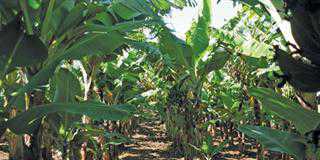Researchers in the US have found a genetic marker that identifies whether or not a pig is susceptible to porcine reproductive and respiratory syndrome (PRRS). The marker has been discovered on swine chromosome 4, which is associated with resistance to PRRS infection. US Agricultural Research Service (ARS) scientist Joan Lunney says this location is also associated with improved growth of pigs infected with PRRS.
The identification of the marker gene could allow producers to introduce new PRRS-resistant lines into their herds, explains Chris Hostetler of the US National Pork Board. “This could be a tool to help eliminate PRRS, but more importantly, this work may provide the platform for finding similar marker genes responsible for conveying resistance to other economically devastating diseases,” he adds.
To obtain the data necessary for the marker research, blood and tissue samples, as well as weight-gain data, were collected from 2 000 pigs at facilities at Kansas State University. ARS scientists performed the genomic work at facilities in Beltsville, Maryland.
Iowa State University researchers used the resulting data to search the pig genome from earlier trials conducted by the PRRS Host Genetics Consortium.
They concentrated on identifying chromosomal segments common to pigs that had lower levels of PRRS virus in their blood and which grew faster after PRRS infection. Now that scientists have found a chromosomal segment that can signify resistance to PRRS, the next step is to determine whether the gene shows the same effects for other strains of the PRRS virus.













